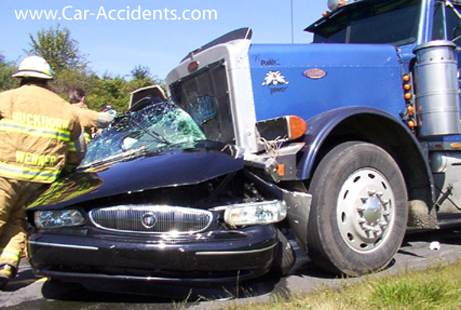When you file your claim, your insurance company will refer you to a claims adjuster. The adjuster will verify the loss and determine what it will cost to repair the car. The adjuster’s estimate can serve as a benchmark to which to compare your own mechanic’s estimate.
No good adjuster or insurance company will expect you to sign an agreement accepting the insurer’s estimate as the total claim payment until you’ve established, to your own satisfaction, that it will cover the cost of repair. The insurer will expect you to get your own estimate from your mechanic, garage or car dealer. Don’t allow yourself to feel pressured into accepting the insurer’s estimate of repair costs without getting at least one estimate of your own.
Your insurance company can’t require you to have repairs done at a particular shop. But they can insist that you get more than one estimate for the work to be done on your car. Just as you want to make sure that your car is adequately repaired, the insurer wants to make sure it doesn’t pay a grossly inflated repair bill.
Don’t be surprised if your insurance company opts to pay for the lowest bid. You don’t have to accept that bid if you believe the low bid won’t adequately repair your car. Don’t hesitate to argue with the adjuster if you really believe his repair estimate is too low based on what your mechanic has told you.
One factor that could reduce the amount of your claim for a repair job is what insurance companies call betterment. If your old car is repaired with brand-new parts, your insurer may argue that the repairs have actually enhanced the car’s value and therefore they can legitimately reduce your claim by the difference between a used part and a new one.
It is up to your insurer to decide whether to pay for repairing your car or to declare it a total loss and pay you its book value. Most standard auto policies will not pay to repair a vehicle if the repairs cost more than the cash value assigned to the car. There won’t be any dispute about whether to repair the car if it was completely totaled. But you may argue about what the pieces of the car were worth when they were assembled as a car. For you to get a settlement higher than the book value of your car’s make and model, you will have to submit evidence such as mileage records, service history and affidavits from mechanics to show that your car was worth more. You’re entitled to the market price of the car you just lost. You shouldn’t get more or less than what you are due.


